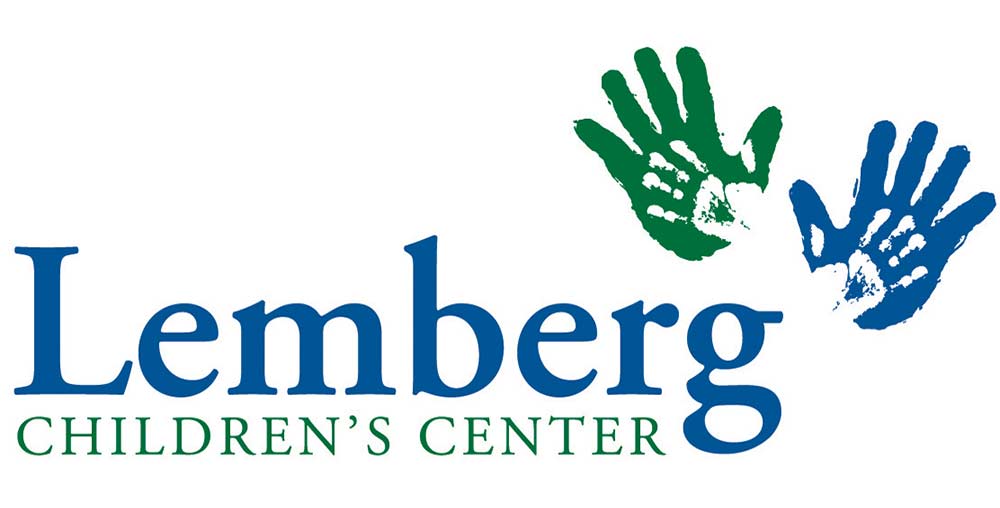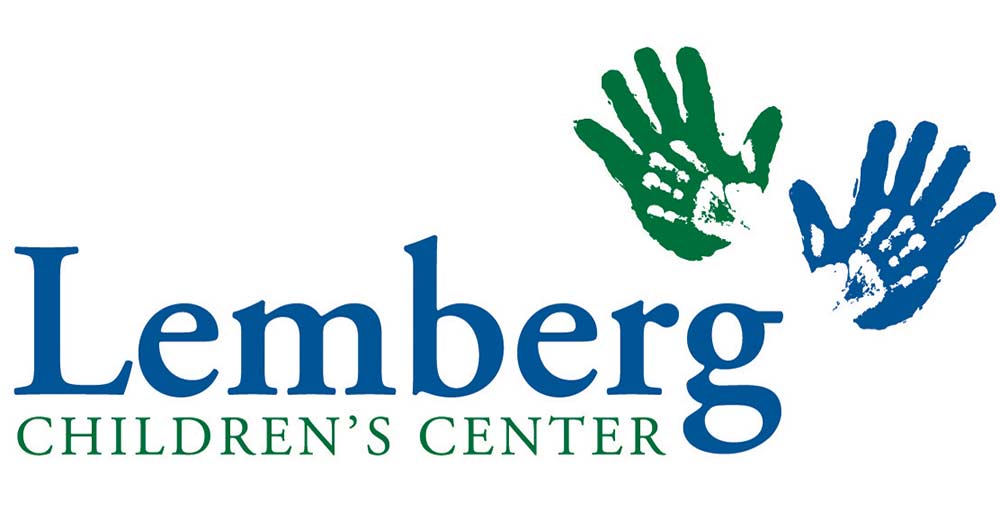Information About Head Lice
Actions Taken in the Classroom to Help Prevent the Spread of Head Lice
- When the classroom is informed of a confirmed case of head lice all possibly infested classroom items are washed in hot water and dried at high heat. These include children's cot sheets and blankets, pillows, stuffed animals, dramatic play clothing, etc. To prevent reinfection, shared items (dress-up clothes, the classroom's supply of extra hats, jackets, snowsuits, etc.) are cleaned and then not brought back into the classroom for use for three weeks after the last known case of head lice.
- Items that cannot be laundered are placed in a plastic bag and stored away from people for more than 2 days.
- Because head lice can only live for 1-2 days way from a scalp, chemical treatment of the environment is not necessary. Floors, carpets, and furniture are vacuumed daily.
- Children who have had head lice recently and their enrolled sibling(s) have their heads checked daily by a teacher three weeks following treatment. If a child who has been treated already is found to have only a few nits, the teacher will remove the nits. If the child has a large number of nits or live lice, this means that there is a new infestation and the child's parent is contacted.
- Children who have not been infested have their heads checked by a teacher every 2 days for three weeks. If a child who has not had lice previously is found to have any number of nits or lice the parent is contacted. Full-time teachers and student staff have their heads checked on this same schedule.
- If teachers are unsure as to whether a child has a new infestation, the parent will be asked to take their child to their health care provider for a head lice check. Though teachers have developed expertise in knowing what to look for, they are not medical experts, and will not always be able to diagnose with absolute certainty. If the health care provider sees no infestation, the child may return to the Center that day.
Steps to Reduce the Spread of Head Lice
- Check your child's hair for lice and nits if s/he reports that her/his head is itchy and/or you observe her/him frequently scratching her/his head behind and around ears and at the nape of the neck.
- Head lice are tiny insects and because they move quickly it is often difficult to see them. Usually, you will not see the lice, only the nits (eggs). The eggs are tiny, pearl gray, oval shaped specks attached to the hair near the scalp. Unlike dandruff, a nit is not easily moved up or down the hair shaft. Look carefully, using a magnifying glass and natural light. Search for nits at the back of the neck, behind the ears and at the top of the head. If you are not sure, ask your health care provider to check your child's head.
- Images of lice and nits
- Demonstrations on how to check a head
-
If you think you have found lice and/or nits, contact your health care provider immediately. Your health care consultant may recommend treatment for just your child or for your entire family. Discuss with your health care provider which treatment product to use and before treating infants, pregnant, or nursing women.
-
Center for Disease Control and Prevention overview about head lice and useful information about various treatments
-
-
Contact the classroom to let the teachers know if your child has been diagnosed with head lice. It is crucial that we keep in mind that we are members of a community and our responsiveness and vigilance will help protect the spread of these insects to others in our community.
Sources
- Managing Infectious Diseases in Child Care and Schools: A Quick Reference Guide (second edition), American Academy of Pediatrics (2009).
- American Academy of Pediatrics Parent Website: Head Lice: What Parents Need to Know (updated 5/5/15)
- Pediatrics (pdf), August 2010, vol. 126
- Massachusetts Department of Public Health: Public Health Fact Sheet, Head Lice (pdf) (May 2014)

